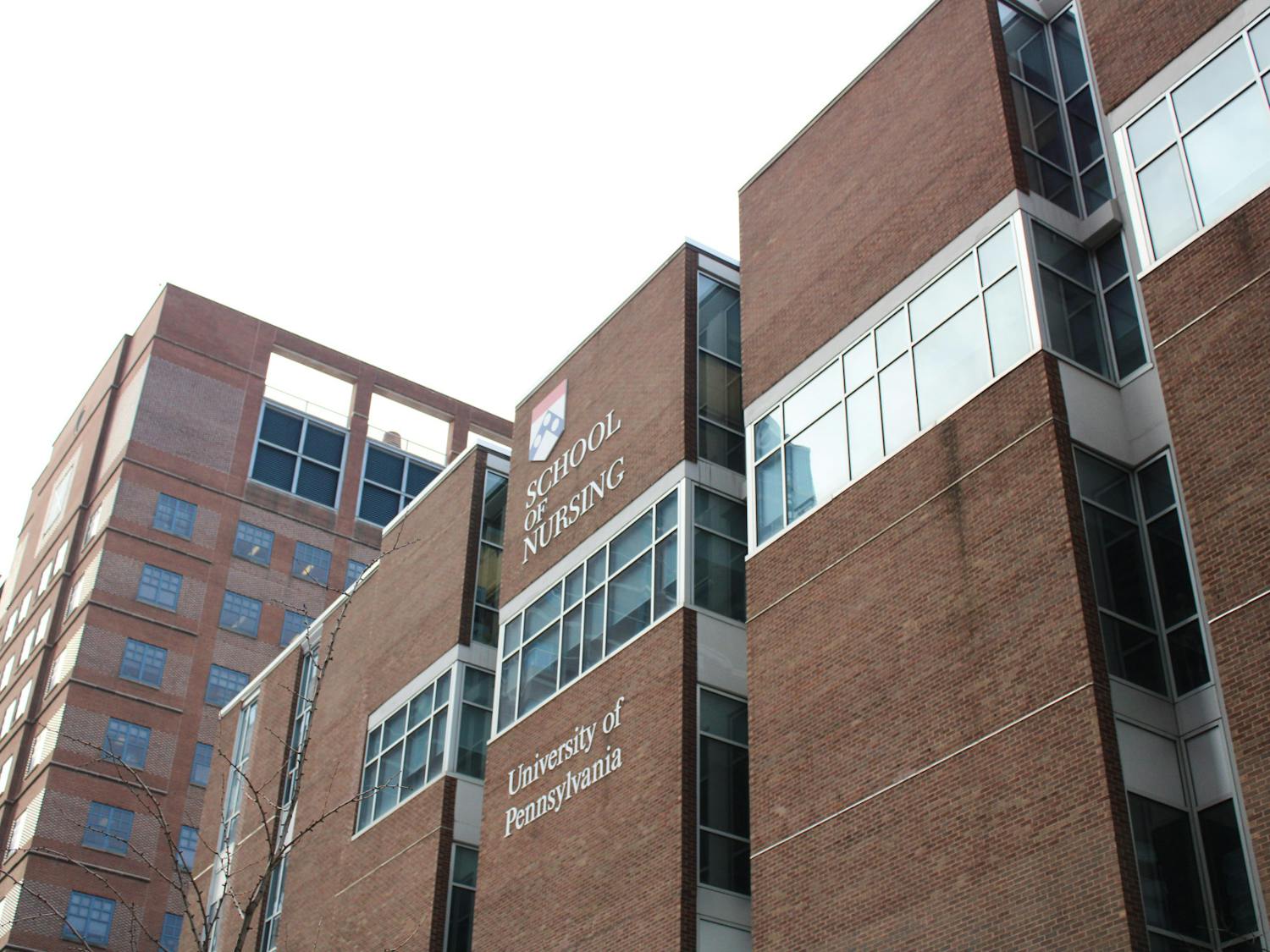Penn alumnus George Smith was awarded the 2009 Nobel Prize for Physics Tuesday, along with two fellow researchers.
Smith, who graduated from the University in 1955, is being recognized for his work on optical physics in the digital revolution.
In 1969, Smith and fellow researcher William Boyle invented the charge-coupled device, or CCD, an image-capturing technology that formed the foundation for the creation of digital cameras. They are responsible for inventing the “eye” of the digital camera, a sensor that transforms light into the large number of pixels that make up digital images. The CCD is used to store an optical image and transmit it for use elsewhere.
Today, the CCD is not only found in digital cameras, but also in robotic medical instruments equipped with video cameras that let surgeons perform delicate operations inside the human body. It is also used in spacecrafts to take images from outer space that are then transmitted back to earth.
CCD technology makes use of Albert Einstein’s theory on photoelectric effect, for which he was awarded the Nobel Prize in 1921.
Smith and Boyle share the prize with Charles Kao, who in 1966 discovered how to transmit light signals over long distances through glass fibers as thin as a human hair.
This 1966 breakthrough led to the creation of modern fiber-optic communication networks that carry voice, video and high-speed internet data around the world. Kao’s work solved the problem of transmitting signals through miles of glass without having the glass itself absorb the signal — an essential feature of the long-distance communication that characterizes the internet today.
The award’s $1.4-million prize is being split between the three, with Kao taking half and Boyle and Smith each getting a quarter.
“Digital photography has become an irreplaceable tool in many fields of research,” the Nobel Prize Committee said in a statement. “The CCD has provided new possibilities to visualize the previously unseen.”








